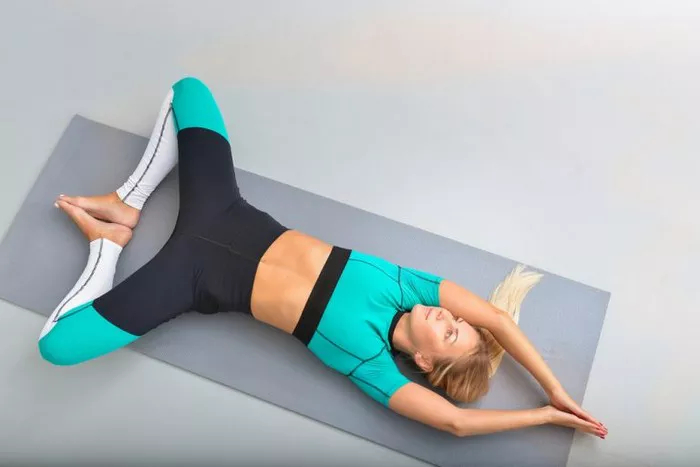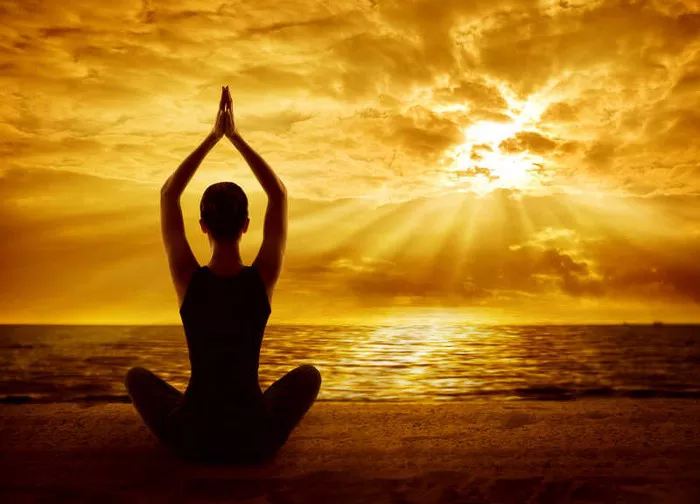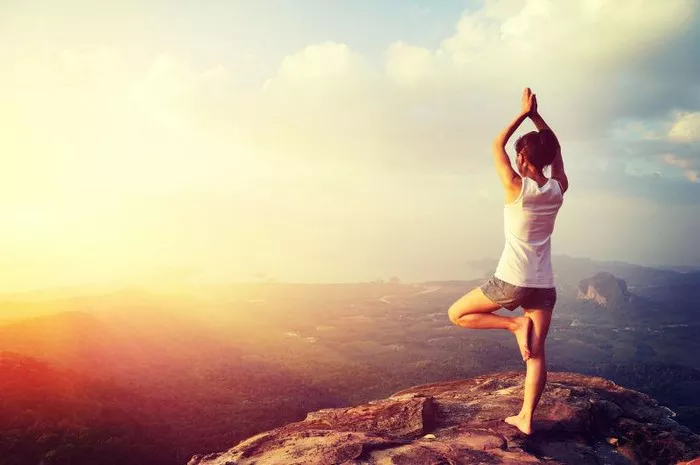In today’s fast-paced world, stress and anxiety have become all too common. From demanding work schedules to personal obligations, many individuals find themselves overwhelmed by the pressures of modern life. While there are various methods for managing anxiety, one approach that has gained significant attention is restorative yoga. Restorative yoga offers a gentle yet powerful way to calm the mind, reduce stress, and promote overall well-being. In this article, we delve into the practice of restorative yoga and its effectiveness in alleviating anxiety.
What is Restorative Yoga?
Restorative yoga is a therapeutic form of yoga that focuses on relaxation and rejuvenation. Unlike more dynamic styles of yoga, such as vinyasa or power yoga, restorative yoga involves holding gentle poses for an extended period, typically ranging from 5 to 20 minutes. These poses are supported by props such as bolsters, blankets, and blocks, allowing the body to fully relax and release tension.
How Does Restorative Yoga Help Alleviate Anxiety?
1. Activates the Parasympathetic Nervous System: Restorative yoga triggers the body’s relaxation response, activating the parasympathetic nervous system. This part of the nervous system is responsible for promoting rest and digestion, countering the effects of the sympathetic nervous system, which is activated during times of stress or danger.
2. Promotes Mindfulness and Awareness: Through gentle movement and conscious breathing, restorative yoga cultivates mindfulness and awareness. By bringing attention to the present moment, individuals can observe their thoughts and emotions without judgment, reducing anxiety and promoting mental clarity.
3. Relieves Physical Tension: Anxiety often manifests as physical tension in the body, leading to symptoms such as tight muscles, headaches, and fatigue. Restorative yoga helps release this tension by gently stretching and opening the body, improving circulation and promoting relaxation.
4. Encourages Deep Relaxation: The prolonged holding of restorative yoga poses allows the body to enter a state of deep relaxation. This relaxation response counteracts the body’s stress response, leading to reduced levels of cortisol, the primary stress hormone.
5. Balances the Nervous System: Chronic stress and anxiety can disrupt the balance of the autonomic nervous system, leading to dysregulation between the sympathetic and parasympathetic branches. Restorative yoga helps restore this balance, promoting overall nervous system health and resilience to stress.
Key Restorative Yoga Poses for Anxiety Relief
1. Supported Child’s Pose (Balasana): This pose gently stretches the hips, thighs, and lower back while promoting relaxation and introspection. Using bolsters and blankets for support, individuals can surrender into the pose, allowing tension to melt away.
2. Supported Bridge Pose (Setu Bandhasana): Bridge pose opens the chest and heart center, counteracting the hunched posture often associated with anxiety. By supporting the lower back with a bolster or block, individuals can experience a sense of stability and ease.
3. Legs-Up-the-Wall Pose (Viparita Karani): In this inversion pose, the legs are elevated above the heart, promoting circulation and relaxation. Legs-up-the-wall pose can help alleviate symptoms of anxiety, insomnia, and fatigue while calming the nervous system.
4. Supported Reclining Bound Angle Pose (Supta Baddha Konasana): This deeply restorative pose opens the hips and groin while releasing tension in the lower back and abdomen. With the support of bolsters and blankets, individuals can surrender into a state of profound relaxation.
5. Corpse Pose (Savasana): Savasana is a classic relaxation pose that allows for complete surrender and integration. By lying flat on the back with arms and legs extended, individuals can experience deep rest and rejuvenation, making it an essential component of any restorative yoga practice.
Incorporating Restorative Yoga into Daily Life
1. Create a Sacred Space: Designate a quiet, clutter-free area in your home where you can practice restorative yoga without distractions. Decorate this space with soothing colors, candles, and essential oils to enhance relaxation.
2. Set Aside Time for Practice: Schedule regular sessions of restorative yoga into your daily or weekly routine. Even just 10-20 minutes a day can make a significant difference in reducing anxiety and promoting well-being.
3. Listen to Your Body: Pay attention to how your body feels during restorative yoga practice and adjust props as needed to ensure comfort and support. Remember that the goal is not to push yourself into deep stretches but rather to surrender into relaxation.
4. Focus on Breath Awareness: Use conscious breathing techniques, such as diaphragmatic breathing or alternate nostril breathing, to calm the mind and deepen relaxation. Sync your breath with each movement to cultivate a sense of mindfulness and presence.
5. Practice Gratitude and Self-Compassion: Incorporate elements of gratitude and self-compassion into your restorative yoga practice by setting intentions or affirmations. Cultivate a sense of appreciation for your body and mind, acknowledging the strength and resilience within you.
Conclusion
Restorative yoga offers a gentle yet powerful approach to alleviating anxiety and promoting overall well-being. By activating the body’s relaxation response, promoting mindfulness, and releasing physical tension, restorative yoga can serve as a valuable tool for managing stress and anxiety in daily life. By incorporating key restorative yoga poses and principles into your routine, you can cultivate a greater sense of peace, balance, and resilience in mind, body, and spirit. Start your journey towards inner peace and tranquility today with the restorative power of yoga.






















